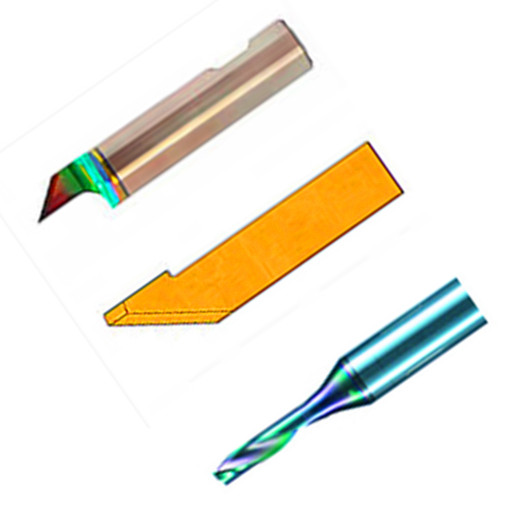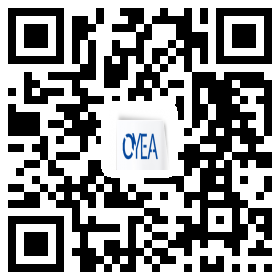The different types of tungsten carbide coatings primarily vary by their metal matrix composition and application methods, which tailor their properties for specific wear, corrosion, and impact resistance needs.
The main types include:
Common Tungsten Carbide Coating Types
Tungsten Carbide Cobalt (WC-Co)
Typically composed of about 88% tungsten carbide and 12% cobalt. This coating offers excellent resistance to sliding wear, abrasion, and fretting, with some impact wear resistance. It is best suited for dry environments as it has limited corrosion resistance. Commonly used on feed rolls and similar applications.
Tungsten Carbide Nickel (WC-Ni)
Contains roughly 90% tungsten carbide and 10% nickel. It provides good wear resistance and improved corrosion resistance compared to WC-Co. It is also suitable for radioactive environments since it does not contain cobalt. Applications include ball and gate valves.
Tungsten Carbide Cobalt Chrome (WC-Co-Cr)
A blend of tungsten carbide with cobalt and chromium (e.g., 86% WC, 10% Co, 4% Cr), this coating is harder than WC-Co and WC-Ni, reaching hardness levels up to 70 HRC. It offers superior abrasion, erosion, and corrosion resistance and is often used as a hard chrome plating alternative. It can be applied via HVOF or HVAF thermal spray processes, with HVAF providing a more ductile and corrosion-resistant coating.
Tungsten Carbide/Nickel-Chrome and Chrome
Carbide/Nickel-Chrome
These are other carbide coating variants where nickel-chrome serves as the matrix, offering different balances of hardness and corrosion resistance.
Coating Application Methods
HVOF (High-Velocity Oxygen Fuel)
A common thermal spray process that produces dense, uniform, and adherent tungsten carbide coatings with excellent wear resistance and smooth surfaces, suitable for complex geometries.
HVAF (High-Velocity Air Fuel)
Similar to HVOF but can produce coatings with higher ductility and corrosion resistance, especially for WC-Co-Cr coatings.
CVD Tungsten Carbide Coatings
Chemical Vapor Deposition (CVD) produces different tungsten carbide coatings without cobalt or nickel binders. Types include:
Type A: Hardness 800–1200 Hv, excellent toughness, used as hard chrome replacements.Type M (Multi-layer): Hardness 1200–2000 Hv, abrasion/erosion resistant.
Type H (Ultra-hard): Hardness 3000–3500 Hv, self-sharpening but lower toughness.
Type T: Tungsten carbide nanoparticles in tungsten matrix, combining ultra-high hardness (1100–1600 Hv) with excellent toughness and impact resistance.
These coatings are applied at lower temperatures (480–550°C), enabling coating on various metals with reduced stresses.
In summary, tungsten carbide coatings vary mainly by their metal binder (cobalt, nickel, chromium) and application method (thermal spray HVOF/HVAF or CVD), which influence their hardness, toughness, corrosion resistance, and suitability for different industrial applications. The most common types are WC-Co, WC-Ni, and WC-Co-Cr coatings.
Conclusion
For achieving optimal performance with long-lasting coated blades across Zund, Esko, iEcho, Atom, Gerber MCT, Lectra MFC, Humantec, Kuris, Blackman & White, and Aristo cutting systems, TiN-coated tungsten carbide blades emerge as the most cost-effective option due to their robustness and extended sharpness retention.
PREV : Summa Aristo Gerber Esko Roland Zund Knives And CNC Knife Blades Are Widely Sold And Distributed NEXT : Atom Kimla Polska Grupa Cnc Seron Tungsten Steel Blade Compatibility Replacement Applicable






